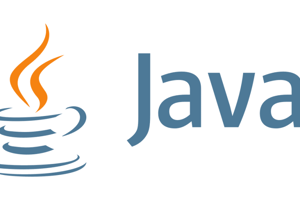Podcast
Questions and Answers
What is the primary role of polymorphism in object-oriented programming?
What is the primary role of polymorphism in object-oriented programming?
- To allow different data types to be used interchangeably.
- To enable methods to behave differently based on the calling object. (correct)
- To enforce the definition of abstract classes.
- To implement multiple inheritance in classes.
What characterizes an abstract class in object-oriented programming?
What characterizes an abstract class in object-oriented programming?
- It can be instantiated to create objects.
- It includes pure virtual functions that must be implemented by derived classes. (correct)
- It contains only concrete methods.
- It cannot have any member variables.
Which of the following statements about pure virtual functions is true?
Which of the following statements about pure virtual functions is true?
- They force derived classes to implement specific functionality. (correct)
- They can be defined in abstract classes without requirement for derived classes.
- They allow the base class to have direct instances.
- They can be executed directly from the abstract class.
What is the purpose of virtual destructors in a base class?
What is the purpose of virtual destructors in a base class?
Which of the following is an example of a concrete class?
Which of the following is an example of a concrete class?
Flashcards
Polymorphism
Polymorphism
A core concept in OOP where objects of different classes can respond to the same method call in unique ways. Think of it like having one button ('draw') that triggers different actions depending on the object it's pressed on (like a line, circle, or triangle).
Abstract Classes
Abstract Classes
A blueprint for objects that can't be directly instantiated. It acts like a foundation with unfilled parts. Concrete classes derived from it must provide the missing parts to be fully functional. Imagine a 'Shape' blueprint with incomplete instructions; concrete shapes like 'Square' and 'Circle' must fill in the details to become real.
Concrete Classes
Concrete Classes
Classes that implement all necessary functionality and can be used to create objects. Think of them as finished and ready-to-use buildings based on the abstract blueprints. 'Rectangle' is a concrete class that inherits from the 'Shape' abstract class and has its own implementation.
Pure Virtual Functions
Pure Virtual Functions
Signup and view all the flashcards
Virtual Destructors
Virtual Destructors
Signup and view all the flashcards
Study Notes
Polymorphism
- Polymorphism enables a method to exhibit different behaviors depending on the object it's invoked on.
- A
drawmethod, for example, can produce different outputs forLine,Circle, andTriangleobjects.
Abstract Classes
- Abstract classes represent conceptual categories without direct real-world instantiations (e.g.,
Shape). - They contain pure virtual functions (declared with
= 0), likedraw()inShape. - Objects of abstract classes cannot be created; only objects of their derived concrete classes can be instantiated.
Concrete Classes
- Concrete classes implement all necessary functionality and can be instantiated.
Rectangleis an example of a concrete class derived from the abstractShapeclass.
Pure Virtual Functions
- Pure virtual functions are declared with
= 0in the base class. - They enforce derived classes to provide their own specific implementations.
- The
draw()method within theShapeclass is a pure virtual function.
Virtual Destructors
- Virtual destructors are crucial for ensuring the proper destruction of derived class objects when using base class pointers.
Studying That Suits You
Use AI to generate personalized quizzes and flashcards to suit your learning preferences.




